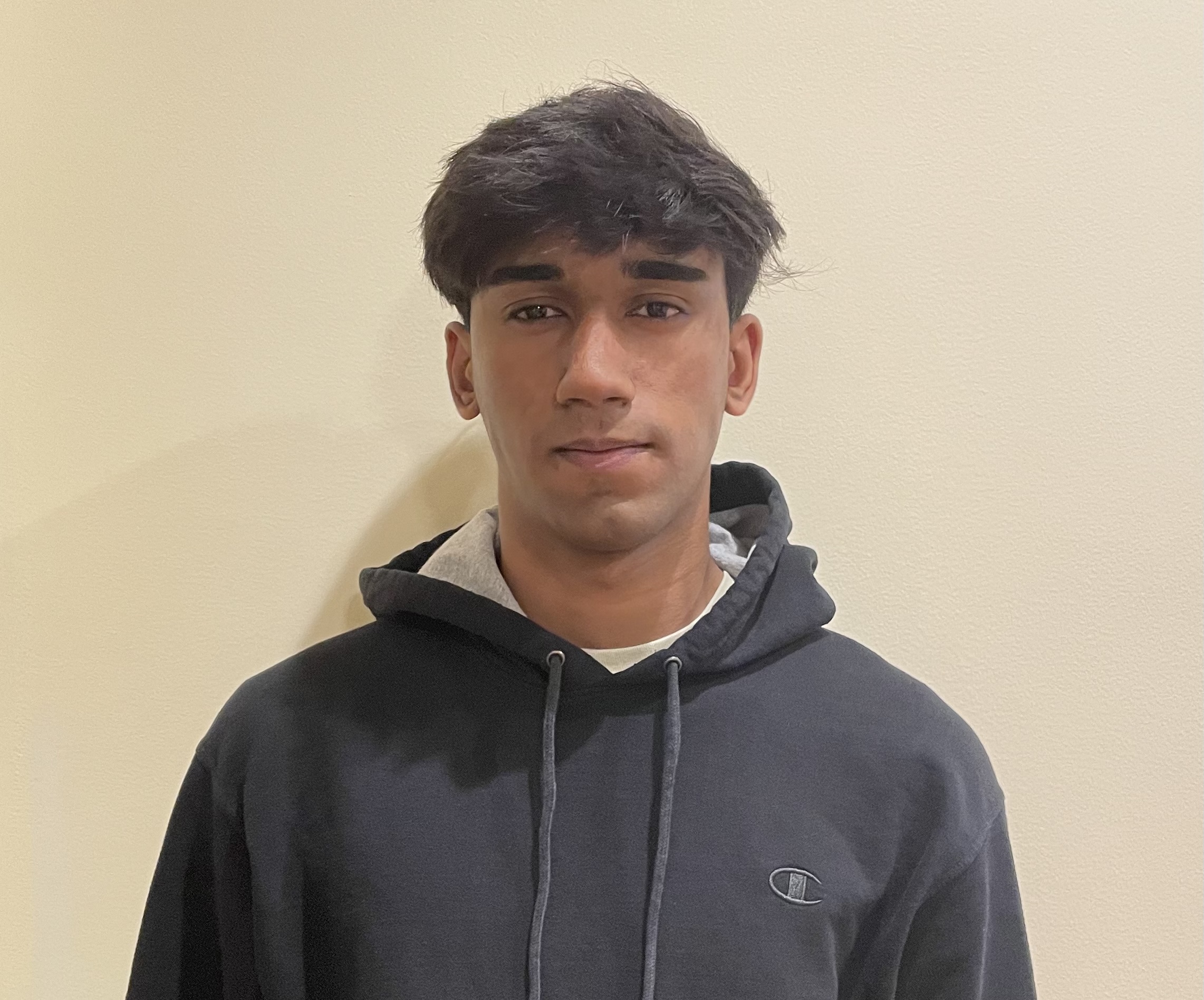Neural Engineering
High-Throughput Patterning of Micro-Invasive Parylene-Coated Carbon Fiber Probes for Neurochemical Recording
(J-400) High-Throughput Patterning of Micro-Invasive Parylene-Coated Carbon Fiber Probes for Neurochemical Recording

Ritesh Shrivastav
Student Researcher
University of Pittsburgh
Pittsburgh, Pennsylvania, United States- JC
Jiwon Choi
Graduate Student Researcher
University of Pittsburgh, United States - UA
Usamma Amjad
Graduate Student Researcher
University of Pittsburgh, United States - HS
Helen Schwerdt
Assistant Professor
University of Pittsburgh, United States
Presenting Author(s)
Co-Author(s)
Primary Investigator(s)
Establishing implantable probes to record neurochemical activities in the brain has been a challenge in the field of neuroscience due to various reasons with high invasiveness being one of them. A micro-invasive carbon fiber (CF) probe that allows long-term recording without sensitivity deterioration has been developed (Schwerdt et al., 2018). The CF is insulated with a 2 – 3 micron thick layer of parylene-C and only the CF tip is exposed to provide a conductive surface for electrochemical recording of dopamine and other electroactive molecules. Currently, a flame-etching technique is used to etch parylene-C at the tip (~ 100 – 200 microns length-wise) to expose the CF. The flame etching approach is effective but difficult to master, prone to errors, and time-consuming which limits batch etching capabilities.
How could this process be streamlined into a high throughput, replicable procedure? Well-established batch etching protocols used in standard semiconductor or microdevice fabrication are designed for 2-dimensional processes on flat substrates, and have not been established for 3-dimensional structures, such as our cylindrical CF probe. We aim to develop a selective and replicable approach for patterning 3-dimensional geometries of parylene-C using Reactive Ion Etching (RIE) to provide controlled etching from all sides with enhanced reproducibility and throughput.
Once we have developed a recipe that successfully etches only the desired quantity of parylene-C, while maintaining probe integrity, this should be a repeatable procedure allowing for batch etching of as many probes that can fit on a standard 4 - 8 inch wafer.
Materials and Methods::
In an attempt to achieve the desired 3-dimensional etch profile while maintaining probe integrity, we used two methods to mount probes in RIE (TRION Phantom III), conducted temperature tests, and will use various characterization machines for evaluation.
Tungsten wires were silver epoxied to CFs to model the shape of a micro-invasive probe. Then, probes were coated with 2.1 microns of parylene-C using a chemical vapor deposition system (PDS2010).
In the first probe mounting method, a glass slide was epoxy-bonded to the wafer, elevating the probe's tip with the CFs hanging over the slide's edge. A wax (Crystal-bond 821-4) masked the rest of the probe from the etch. In the second method, channels were created in the wafer using a dicer (DAD321) for precise probe placement. Another wafer covered the first, with the probe sandwiched in between, leaving the CF's tip exposed beyond the wafers' edge. These techniques elevated the CF such that it was fully exposed, enabling plasma treatment all around its surface area in RIE, facilitating a 3-dimensional etch.
Parylene-C can degrade above 120C if maintained for extended periods of time, affecting probe functionality (Hsu et al., 2008). Temperature tests confirmed the suitability of RIE for parylene-C etching by putting temperature stickers (99-193 C) on wafers during different etch protocols.
Etch rate was determined by measuring coating thickness after several timed cycles in RIE. Etch profile and functional performance in neurochemical detection will be assessed using optical microscope, scanning electron microscope (SEM), and fast scan cyclic voltammetry (FSCV).
Results, Conclusions, and Discussions::
Micro-invasive neural probes are novel tools for simultaneously measuring dopamine neurochemicals and electrophysiological signals in the brain at a microscopic scale. To achieve multi-site measurements, multiple probes are required, and each of these must be patterned to expose the CF recording site. The purpose of my research is to develop a high throughput method for selectively etching parylene-C off the CF tip of the neural probe without risking delamination or degradation of this insulating film on the rest of the probe. Optical microscope, SEM, and FSCV were all used to measure effectiveness and shape of the etch. Microscopes will be used to visualize the shape of the etch, and any possible degradation of the parylene-C film or the CF, and FSCV will be used to determine functional performance (i.e., sensitivity for dopamine detection and noise levels).
A challenge in this study was finding a recipe that does not pass 120 degrees Celsius in order to maintain the optimal physical properties of parylene-C. Through a number of temperature tests, the recipe we found to yield low temperatures on a silicon wafer was: 200 Watts, 100 milliTorrs and 50 sccm O2 plasma for 120 seconds.
An average etch rate of 0.49 microns/minute was found based on preliminary tests with this recipe. Nevertheless, further testing is required to assess variability of the etch rate, as well as how CF elevation and variability in temperature across the elevated substrate may affect etch rates. This study presents a novel 3D patterning approach for micro-invasive neural probes, departing from conventional 2D micropatterning methods like RIE surface etching. By elevating the probe to expose its entire surface area in the RIE, we may be able to achieve selective material removal at high-throughput for these newly developed probes.
Acknowledgements (Optional): :
Funding Information:
Funding was provided by the Swanson School of Engineering and the Office of the Provost at the University of Pittsburgh.
NIH/NINDS R00 - 5R00NS107639-04
Michael J. Fox Foundation (MJFF) Aligning Science Across Parkinson’s (ASAP) - ASAP-020-519
References (Optional): :
Hsu, Jui-Mei, et al. “Effect of Thermal and Deposition Processes on Surface Morphology,
Crystallinity, and Adhesion of Parylene-C.” Sensors and Materials, vol. 20, no. 2, 4 Feb. 2008, pp. 087-102.
Schwerdt, H.N., Zhang, E., Kim, M.J. et al. Cellular-scale probes enable stable chronic
subsecond monitoring of dopamine neurochemicals in a rodent model. Commun Biol 1,
144 (2018). https://doi.org/10.1038/s42003-018-0147-y
